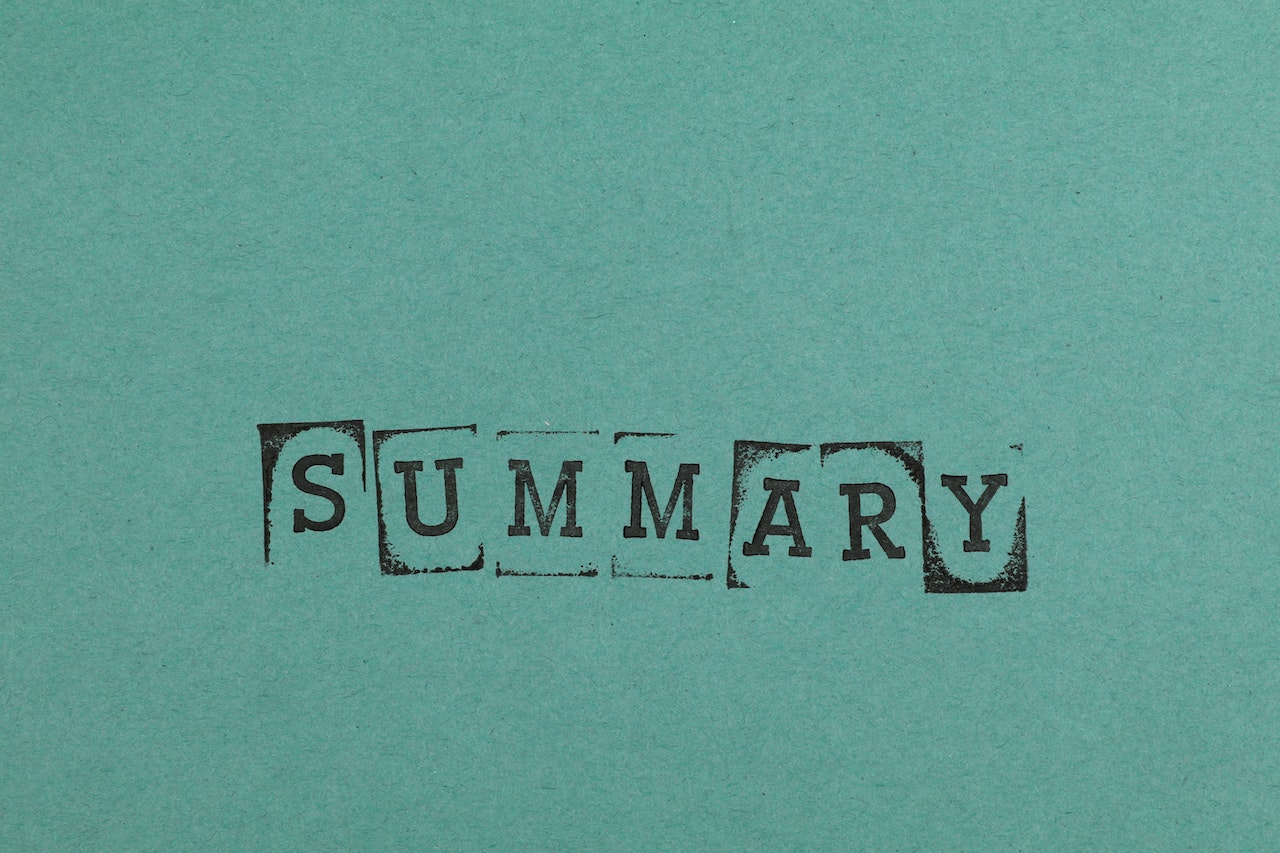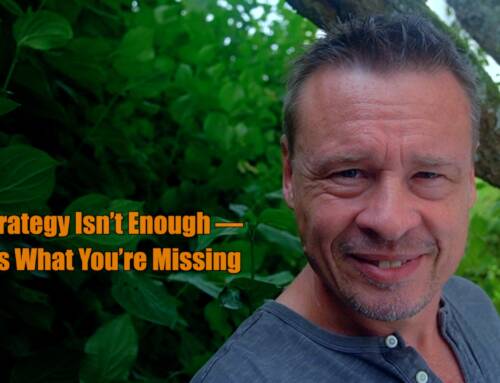Why an executive summary?
📊 Practitioners in the field of international development cooperation need tools that can help them quickly understand complex issues and make informed decisions. One such tool is the executive summary.
💡 The executive summary is a valuable tool because it provides a concise and easy-to-understand overview of the main points of a document, without the need for readers to read the entire document. This can be particularly useful when dealing with lengthy reports or proposals, as it enables us to quickly grasp the key points and understand the implications of those points.
📝 As a communications person, when writing an executive summary, it’s important to keep in mind the specific needs and concerns of the intended audience. This may involve highlighting different points or details depending on the decision that needs to be made. For example, an executive summary for a research study might focus on the implications of the findings for policy or practice.
🌍 The executive summary is a crucial tool for helping us make quick and informed decisions based on the key points of a document. As international development cooperation practitioners, it’s a tool that we should make sure to use to its full potential. Don’t dilute it with background information that is really interesting but has no particular value in the context of your work, where everybody is pressed for time. It should guide decision-making.
What are the 6 steps to create an effective executive summary?
- Identify the purpose of the executive summary
In general, an executive summary is a brief summary of a larger document, such as a report or proposal. It should provide a concise overview of the main points and key themes presented in the full document.
However, you should also reflect on what specific purpose you have in mind. Who are the target groups? What is the value proposition? For the most part, the specific purposes will be identical to those of the main report that you summarise.
Then also consider why you want to create exactly the format executive summary. Could it be more than quick access to information? Maybe it is meant to go into the next steering committee and the members need a format with which they can decide on line items. Ending each bulleted paragraph with a yes/no question could be ideal and how much budget is to be allocated. - Gather and review the relevant information
Review the full document and compile any additional information that may be relevant to your purpose. This could include key data, quotes, or other supporting material. - Identify the key points and themes
Look for the main points and key themes in the full document, and highlight or summarize them in your own words. Be sure to focus on the most important information and omit any unnecessary details. - Write the executive summary
Begin by introducing the purpose of the full document and providing any necessary background information. Then, present the key points and themes in a clear and concise manner, using bullet points or numbered lists to make the information easy to grasp. - Edit and revise
Review the executive summary for clarity and completeness. Check for any errors or omissions, and make sure the summary accurately reflects the content of the full document. - Format the executive summary
Ensure that the executive summary is visually appealing and easy to read. Use headings, bullet points, and white space to break up the text and make it more accessible.
By following these steps, you can create an effective executive summary that provides a clear and concise overview of the main points and key themes of a larger document.





Leave A Comment